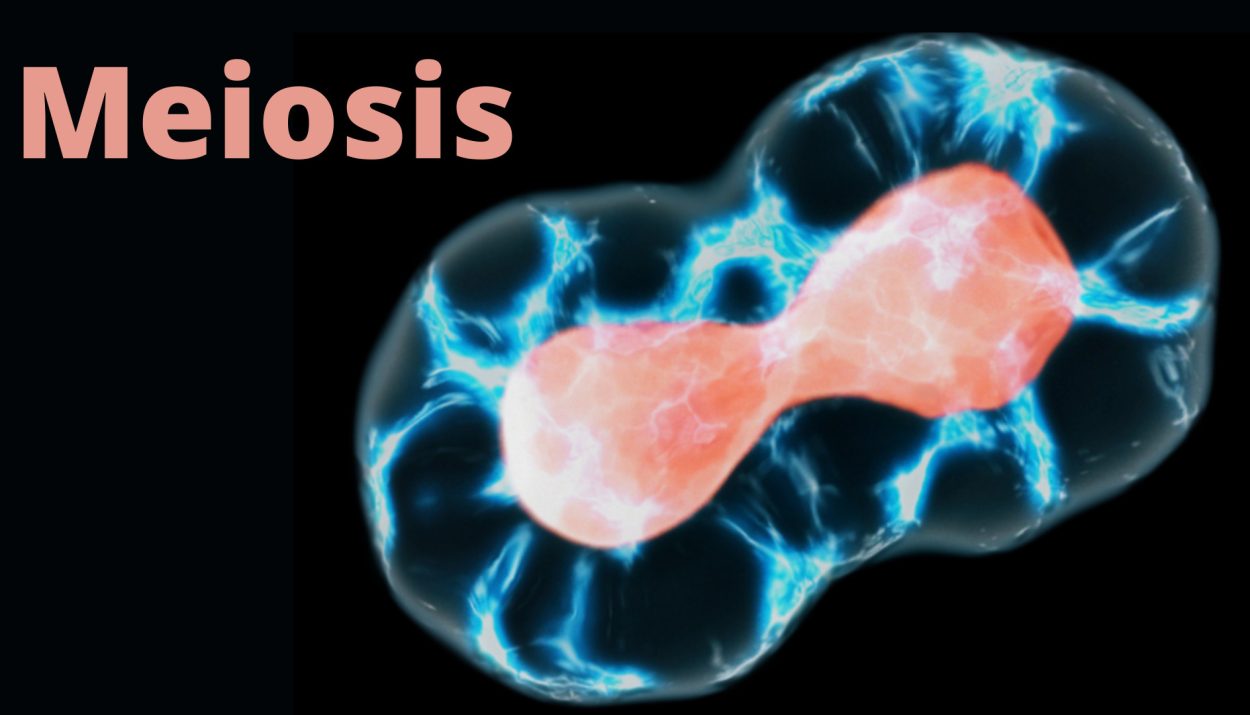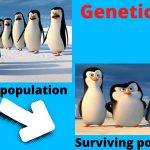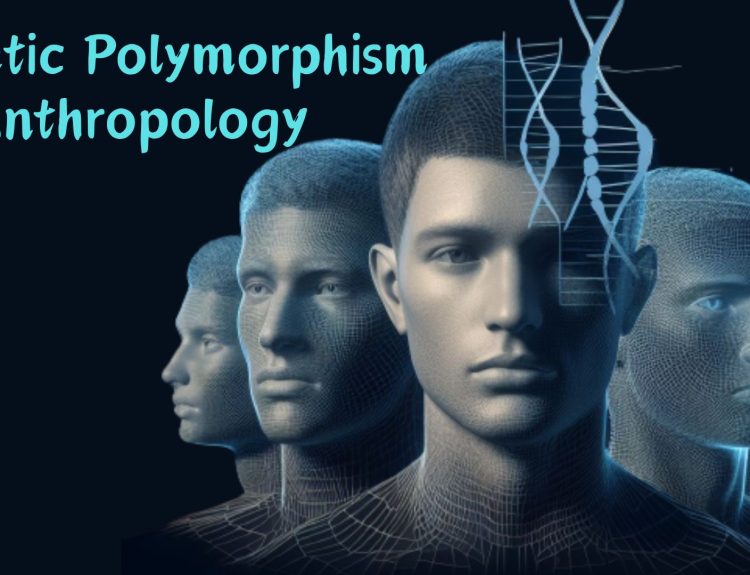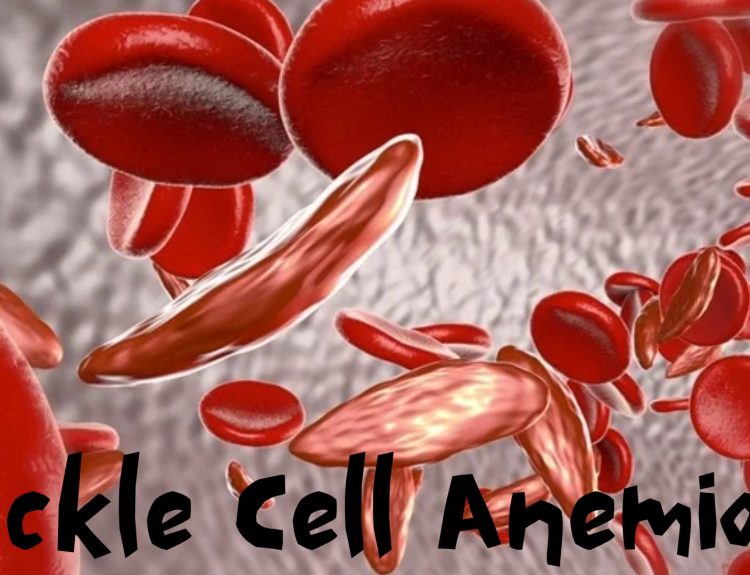The Meiosis term was given by Farmer and Moore in 1905. Meiosis-cell division is also known as Reduction division.
Meiosis is a division where a single cell divides twice to produce four daughter cells containing half the original amount of chromosomes. These daughter cells are our sex cells – sperm in males, and eggs in females.
It includes two divisions –
Reductional division, also known as Heterotypic division is the first Meiotic division.
Equational division, also known as Homotypic division is the second Meiotic division.
First Meiotic division
It separates homologous chromosomes producing two haploid cells (n), thus it is also known as Reductional division.
The meiotic division is further divided into-
Prophase I
Metaphase I
Anaphase I
Telophase I
Prophase I
It is the longest phase of meiosis. It is further divided into 5 substages- Leptotene, Zygotene, Pachytene, Diplotene, and Diakinesis.
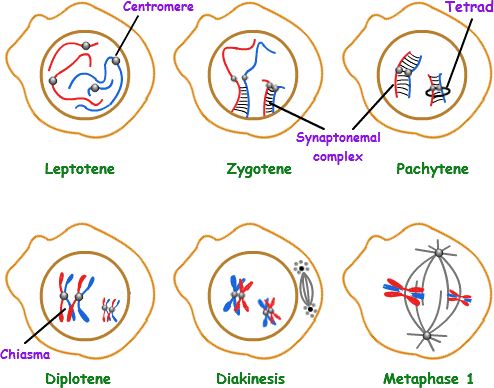
Leptotene
It is the first stage of Prophase I.
Also known as Leptonema.
In this stage, individual chromosomes each consisting of 2 sister chromatids change from the diffused states they exist during the cell period of growth and gene expression.
The two sister chromatids are still slightly bound and they are indistinguishable from one another.
The chromosomes become visible as long thread-like structures.
It is of a very short duration.
Zygotene
Also known as Zygonema.
Here the chromosomes line up with each other forming a homologous chromosomes pair. This is known as pairing or synapsis. There are various points of contact known as the synaptonemal complex.
The paired chromosomes are known as Bivalent or tetrad.
Pachytene
Also known as Pachynema.
Here crossing over occurs. Non-sister chromatids of homologous chromosomes may exchange segments at the synaptonemal complex. The exchange of information between non-sister chromatids results in the recombination of chromosomes.
Diplotene
Also known as Diplonema.
Here, homologous chromosomes begin to separate from one another. Chromosomes themselves uncoil a bit. The homologous chromosomes of each bivalent remain tightly bound at the chiasmata. The chiasmata remain on chromosomes until they serve as in Anaphase I.
Diakinesis
It is the final substage of Prophase- I.
Here the 4 parts of the bivalents are visible effectively as very short and thick. Overlapping chiasmata are also clearly visible.
The nuclear membrane and nucleolus disappear and the formation of the spindle starts.
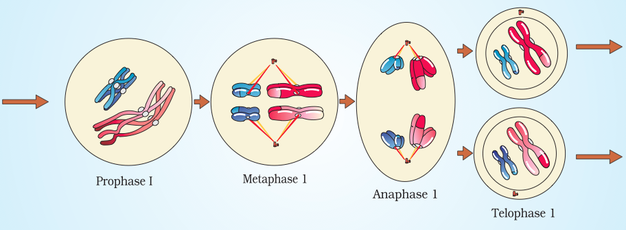
Metaphase I
The bivalents’ chromosomes move towards the equatorial plane. Each pair of chromosomes has one centromere on each side by which it attaches to the spindle fibre.
Anaphase I
At this stage, the chromosomes which were arranged at the equatorial plane get separated from each other. The pair of chromosomes after separation move to the opposite pole.
Telophase I
Two daughter nuclei each with a pair of chromatids are present at the poles thus the two daughter nuclei contain haploid no of chromosomes.
Each nucleus then may rest for a while (Interphase) after which it passes on the second division which is mitotic.
Second Meiotic division
Meiosis II is similar to mitosis which is why it is also known as meiotic mitosis.
It is also divided into 4 stages-
Prophase II
Metaphase II
Anaphase II
Telophase II
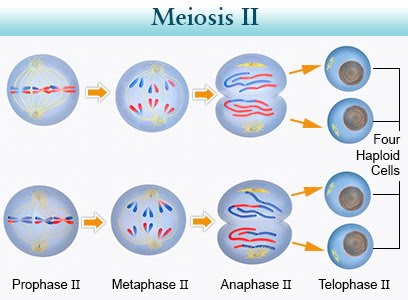
Prophase II
Chromosomes appear as double structures.
The nucleolus and nuclear membrane disappear.
It is similar to the prophase of mitosis except that here haploid no of chromosomes are under process.
Metaphase II
Chromosomes arrange themselves in the equatorial plane and the centromere gets attached to the spindle.
Anaphase II
The behaviour of chromosomes is the same as in the case of Anaphase I.
Telophase II
Four daughter nuclei are formed each with haploid no. of chromosomes.
Significance of Meiosis
- Meiosis is responsible for the formation of gametes or sex cells.
- It maintains the constant number of chromosomes from generation to generation by reducing the number of chromosomes by halves in the gametes.
- It brings genetic variations due to the process of crossing over. Variations play an important role in evolution.
- Chromosomal mutations are introduced by meiosis.
- Recombination at meiosis plays an important role in the repair of genetic defects.
- Meiosis helps in the segregation, assortment, and recombination of genes.
Also read:
- Lamarck’s Theory of Evolution
- Bipedalism and Structural Changes
- Natufian Culture
- Cache of ancient coins dating back 100,000 years unearthed in Japan
- James George Frazer
Also read:


